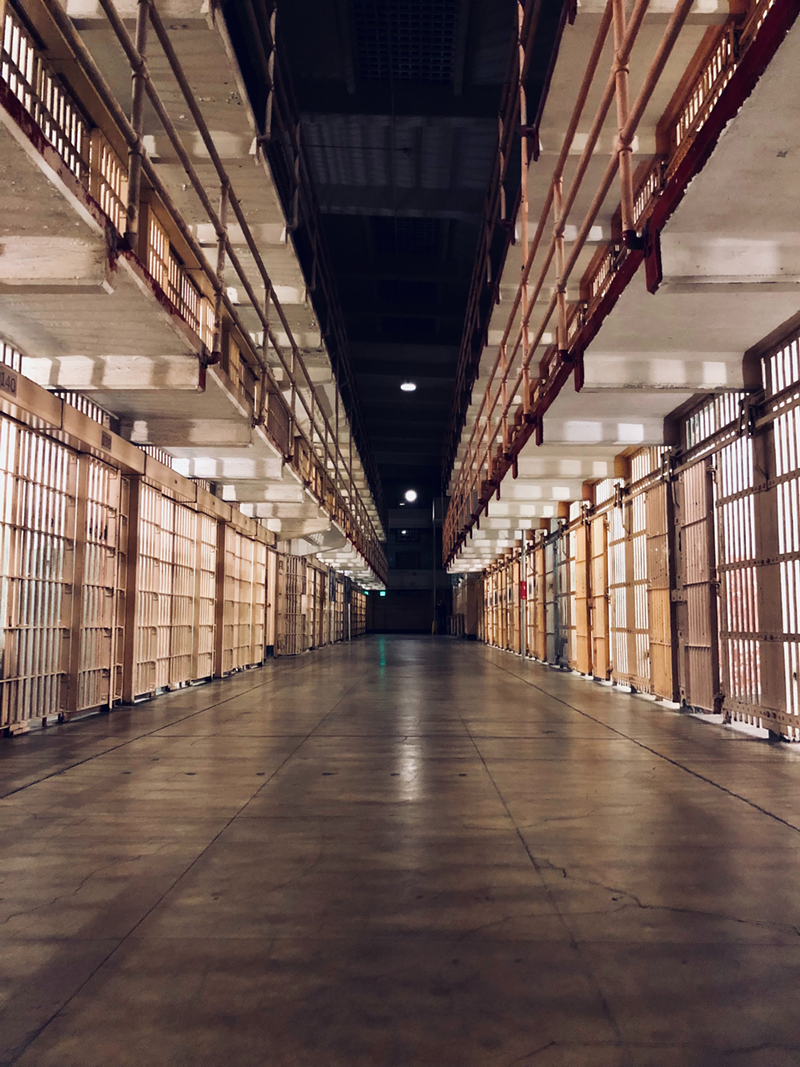Ohio ranks in the top eight states nationwide for the number of girls in youth detention facilities, and Cuyahoga County is now working to change that.
Bridget Gibbons, director of programming for the Cuyahoga County Juvenile Court, says her colleagues began by reviewing the records of girls from the Cleveland area who were on the radar of the state's Department of Youth Services.
She said they discovered some common themes.
"We found overwhelmingly, most of the girls actually had very early involvement with our Division of Children and Family Services; cases of abuse and neglect at very early and young ages," says Gibbons.
Gibbons and her colleagues have partnered with the Initiative to End Girls' Incarceration by the Vera Institute of Justice, which aims to meet its goal nationwide within the next decade.
She says offering greater access to mentors and home-based therapy are ways juvenile courts can provide girls with positive resources to help them deal with trauma, rather than detention and punishment.
Race is also a factor. Gibbons notes the majority of girls in juvenile court in the county are African-American.
"We know too, our young girls in school settings, especially girls of color, are oftentimes overly punished versus their white counterparts," says Gibbons. "So, there's all sorts of different ways that, you know, when trauma bubbles up in a school setting, in a community setting, they end up getting punished rather than treated."
National Center for Youth Law attorney Darya Larizadeh point outs that nationwide, most girls are charged and confined for nonviolent offenses.
"Girls are being brought in for very minor charges, comparatively to the boy's side," says Larizadeh. "In addition, sexual violence is something that is a big driver to the juvenile justice system for girls, and that's different for boys. Approximately 80% of girls in the juvenile justice system have experienced some form of sexual violence, whether at home or outside the home."
She adds the juvenile justice system isn't designed for — nor is it able to — provide the longer-term solutions needed to ensure girls' well-being and safety.


